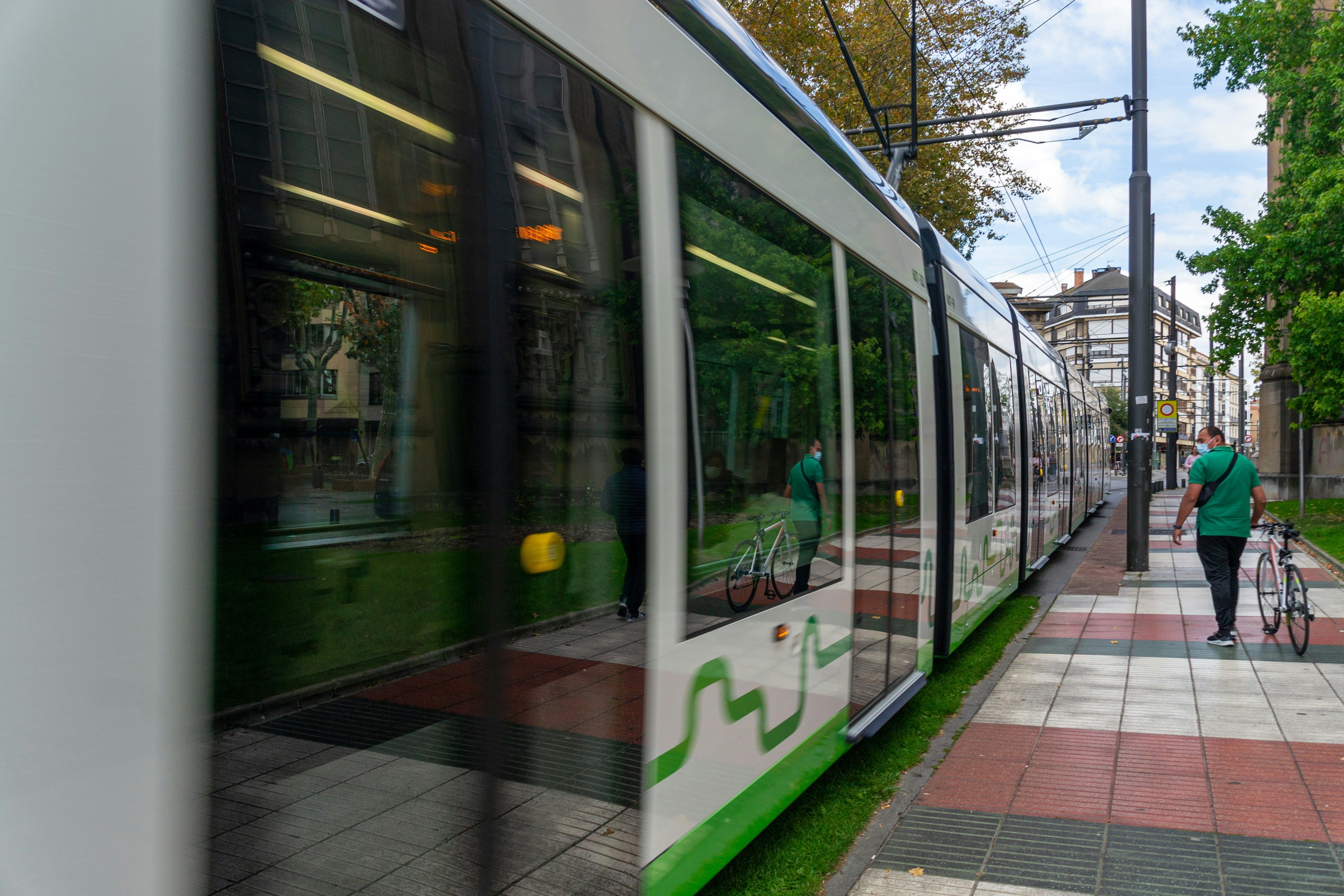In 2024 the transition toward sustainable mobility has gained unprecedented momentum, driven by the urgent need to decarbonize transportation—a sector that accounts for about a quarter of global energy-related greenhouse gas emissions. These adjustments are critical for mitigating climate change and fostering a healthier, more sustainable environment.
The Imperative for Green Transport
The reliance on fossil fuels such as gasoline and diesel has long powered our planes, trains, and automobiles effectively. However, the environmental costs associated with these energy sources—from air pollution to greenhouse gas emissions—have necessitated a pivot towards greener, more sustainable alternatives. As we gradually phase out fossil fuels, the quest for suitable replacements presents diverse challenges and opportunities across different modes of transportation, each with its unique requirements and potential solutions.
Emerging Energy Alternatives in Transportation
In the pursuit of sustainable mobility, various energy alternatives are being considered to replace traditional fossil fuels:
- Electric Batteries - These are efficient and increasingly popular, particularly for personal vehicles and short-range transportation. However, their performance is often limited by battery weight and charging infrastructure.
- Hydrogen Fuel - Hydrogen offers high energy density and rapid refueling capabilities, ideal for heavy vehicles and long-distance travel. While green hydrogen production is advancing, it is still costly and requires significant energy inputs.
- Biofuels and Synthetic Fuels - Derived from biological materials, biofuels can be used in existing internal combustion engines. Synthetic fuels, which mimic the properties of petroleum-based fuels but are manufactured using renewable resources, are also emerging as feasible options.
- Ammonia and Other Liquid Hydrogen Carriers - These can facilitate easier transport and refueling compared to gaseous hydrogen and are being explored particularly for maritime and heavy industrial applications.
Transitioning Energy Sources in Transportation

Photo by Possessed Photography on Unsplash
The diverse energy requirements for modern transport
As we journey towards a greener future, the energy requirements for various modes of transport are becoming increasingly complex. Each form of transportation has distinct needs that must be addressed differently. Cars, for instance, require lightweight and convenient power sources, while container ships need powerful fuels that can sustain long voyages. Airplanes, crucially, demand reliable energy sources that can function effectively in extreme temperatures. These varying requirements make transitioning from traditional fossil fuels to alternative energy sources a multi-faceted challenge. As the world steps away from fossil fuels, a more diversified fuel mix is inevitable, with each option tailored to meet the specific needs of different transport modalities.
Pros and cons of emerging fuel alternatives
Emerging fuel alternatives such as hydrogen, ammonia, biofuels, and synthetic hydrocarbons present a promising yet challenging road towards sustainable transport. Each has its advantages and drawbacks. For instance, hydrogen offers high energy density but is costly to produce sustainably and challenging to store and transport. Ammonia can be easier to carry and integrate into existing fuel systems but is toxic. Biofuels, while less harmful to the environment, are limited in supply and still require large areas of land for cultivation. Synthetic hydrocarbons, though potentially revolutionary, remain difficult and expensive to produce. These considerations show the need for a careful and strategic approach in transitioning to these new fuels.
Global renewable energy demands and its impact on transportation
The shift towards green transport technologies is increasing the demand for renewable energy sources exponentially. By 2050, global electricity consumption is expected to more than double, driven by the need to power electric vehicles, produce clean fuels, and decarbonize various sectors. This surge emphasizes the urgency in scaling up renewable energy production. Success in this area is crucial for both reducing greenhouse gas emissions from transportation and ensuring that the shift to electric and hydrogen-powered vehicles is supported by a truly sustainable energy infrastructure.
Financial and Strategic Aspects of Sustainable Transportation

Photo by TopoloGiraffe on Unsplash
Challenges and strategies in financing green mobility
Transitioning to sustainable transport systems poses significant financial challenges, especially in developing economies where funding gaps and fiscal constraints are prominent. The capital-intensive nature of green transport projects often makes them risky propositions for investors. Strategies to overcome these financial hurdles include leveraging private capital, public-private partnerships, and international funding from climate-focused bodies. Innovative financing structures, such as green bonds and sustainability-linked loans, are also gaining traction as tools to fund eco-friendly transport initiatives effectively.
Inclusion and resilience in transportation systems
The move towards sustainable mobility presents unique opportunities to build more inclusive and resilient transportation systems. These systems must not only reduce environmental impact but also address social inequities by improving access for underrepresented and disadvantaged groups. Strategies include integrating gender and disability considerations into transport planning and investing in resilient infrastructure that can withstand climate impacts and other disruptions. Such an inclusive approach ensures that the benefits of green transport are equitably shared, contributing to better social sustainability.
Technological innovations and the role of private capital
Technological innovations are central to the advancement of sustainable transport solutions. Developments in battery technology, electric propulsion systems, and digital mobility solutions are making green transport options more viable and appealing. Private capital plays a critical role in this scenario by funding start-ups and innovative projects that push the boundaries of what is technologically feasible in green transportation. Venture capital investment, corporate venturing, and strategic partnerships between legacy transport companies and tech startups are crucial for nurturing the innovations needed to drive the transition towards sustainable mobility.
Spotlight on Green Companies and Innovations

Photo by Viktor Keri on Unsplash
Key players and future technologies in sustainable transportation
The landscape of green transportation is rapidly evolving, fueled by the imperative to reduce global carbon emissions and the push for innovative, sustainable travel solutions. Emerging from the forefront of this transformation are key players and technologies poised to redefine how we approach mobility.
Companies like Sila Nanotechnologies, Einride, and Isar Aerospace are pioneering solutions that extend beyond traditional transportation methods. Sila Nanotechnologies, for instance, enhances battery efficiency, which is crucial for electric vehicles (EVs), by developing materials that provide higher energy density. Einride, on the other hand, is revolutionizing freight transport with its fully electric and autonomous Pods, while Isar Aerospace focuses on sustainable access to space with environmentally friendly rocket technologies.
Several promising technologies are shaping the future of transportation. Electric and hydrogen fuel cell vehicles are already well-known, but the sector is also witnessing advancements in synthetic fuels and ammonia as alternative, less carbon-intensive fuels. Moreover, the integration of AI and big data in transportation systems is enhancing operational efficiency and helping in the transition to sustainable practices.
Contributions by leading sustainable transportation companies
The contributions of companies invested in sustainable transportation are pivotal in pushing the envelope of what's technologically feasible and economically viable. Here is a deeper look into how some of these companies are making significant strides:
- Sila Nanotechnologies - By developing advanced battery materials, this company enables the production of EVs with longer ranges and shorter charging times, addressing major consumer concerns that have hindered EV adoption.
- REGENT and Einride - Both companies are redefining mobility through their innovative designs. REGENT's seagliders, which blend the capabilities of boats and airplanes, promise fast, efficient, and zero-emission maritime transport. Similarly, Einride’s autonomous electric trucks are set to diminish road freight’s environmental impact significantly.
- Amogy and Hydrogenious Technologies - These companies are pioneers in the hydrogen economy. Amogy utilizes ammonia for clean energy solutions, particularly in transportation, aiming to decarbonize sectors reliant on heavy fossil fuel use. Hydrogenious Technologies innovates in hydrogen storage and transportation, making the gas more accessible and safer to use, thus facilitating its adoption as a green fuel alternative.
- SkyCell and May Mobility - SkyCell manufactures temperature-controlled hybrid containers for the pharmaceutical sector, ensuring medicine safety during transport with an added focus on sustainability. May Mobility, meanwhile, enhances urban mobility with its autonomous shuttle services that promise safer and more reliable alternatives to traditional public transport systems.
These contributions further exemplify commitment to sustainable practices and also highlight the diverse approaches companies are taking to tackle transportation emissions. From improving electric storage solutions and autonomous technology to innovating in hydrogen use and beyond, these companies are at the helm, steering the global transportation sector towards a more sustainable future.








